MASLAK PAVILIONS - SULTAN'S HUNTING AND RESTING HOME
I was unable to write a new article as I have been busy lately. Although we visited the Maslak Pavilion, I couldn't find time for myself and had to write this post daily. Finally, I found time today to tell you about our trip to the Maslak Pavilion.

Maslak Pavilions were built by Sultan Abdülaziz in the 1860s and allocated to his nephew, Şehzade Abdülhamid Efendi, in 1868. They were named after the water distribution reservoirs called “Maslak” in the region at that time to supply water to the city. The pavilions served as a residence for Abdülhamid and his family during his princedom and reign. Later, the pavilions were used as a military preventorium from 1937 to 1982. Currently, the pavilions serve as a museum house open to the public after restoration in 1984.
There is a parking lot, a football field, an army house, and a Maslak pavilion located here. We had to visit twice as it was closed to visitors on the first day. On the first day, I attempted to visit the army house, thinking it was a museum. The soldiers allowed us to pass through the first gate, but when they asked for my soldier card at the second gate, I realized it was not a museum. When I returned to the museum, they informed me that it was closed that day. If you come here, don't try to enter the Army house :))
Yes, it was our second visit to the museum and we felt much more experienced this time around. We knew exactly where to go and how to get there. We bought our tickets at the entrance for a total of 2.5$, which covered the admission fee for both of us. It was definitely worth it to see all of the exhibits and learn more about the history and culture of the area.
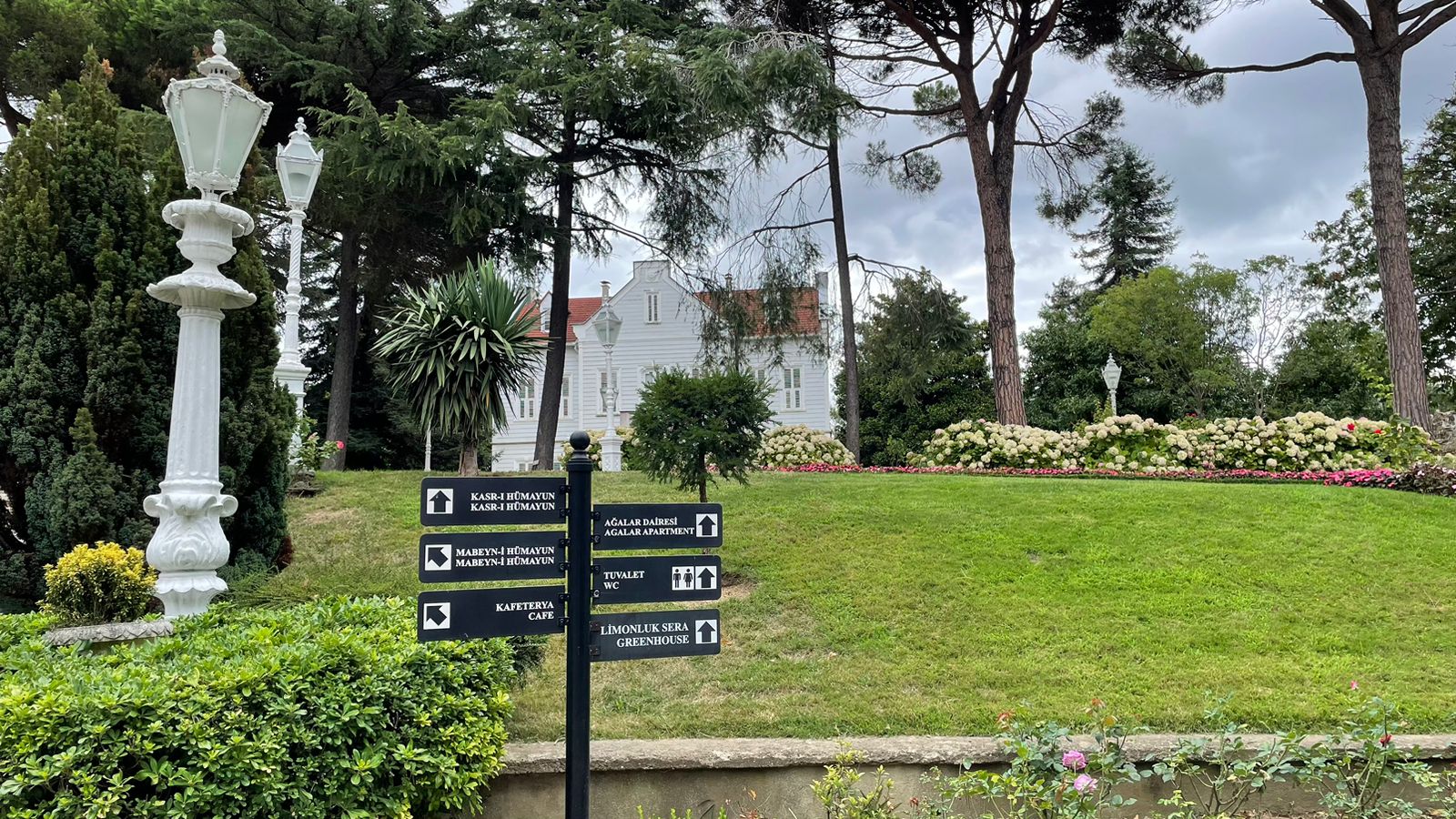
.jpeg)
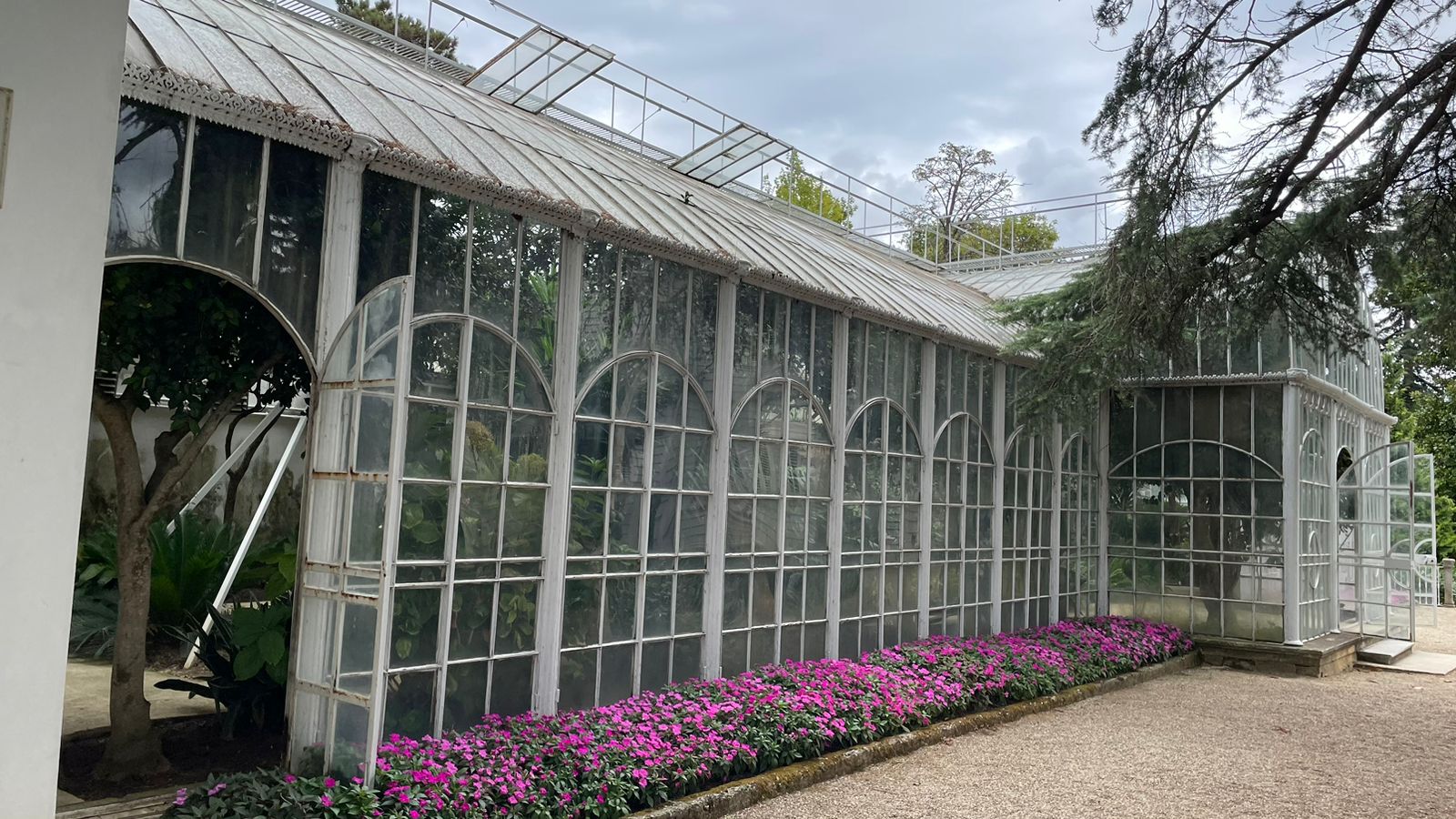
It is where a wide variety of rare tropical plants are grown, called Limonluk, in the Maslak Pavilions complex built in the 1860s. Sultan Abdulhamit II brought the first lemon seedling grown in Turkey from Naples and grew it in this greenhouse. It is adjacent to the Mabeyn-i Hümayun from the front and to the horse stables from the back. With the system here, the heat in the horse barn was used to heat the Limonluk.
MORE
Unfortunately, we weren't able to go inside the house as it's currently under restoration. However, we did manage to enter the greenhouse located behind it and snap a few photos. It was quite pleasant inside with an abundance of greenery and sunlight pouring in.
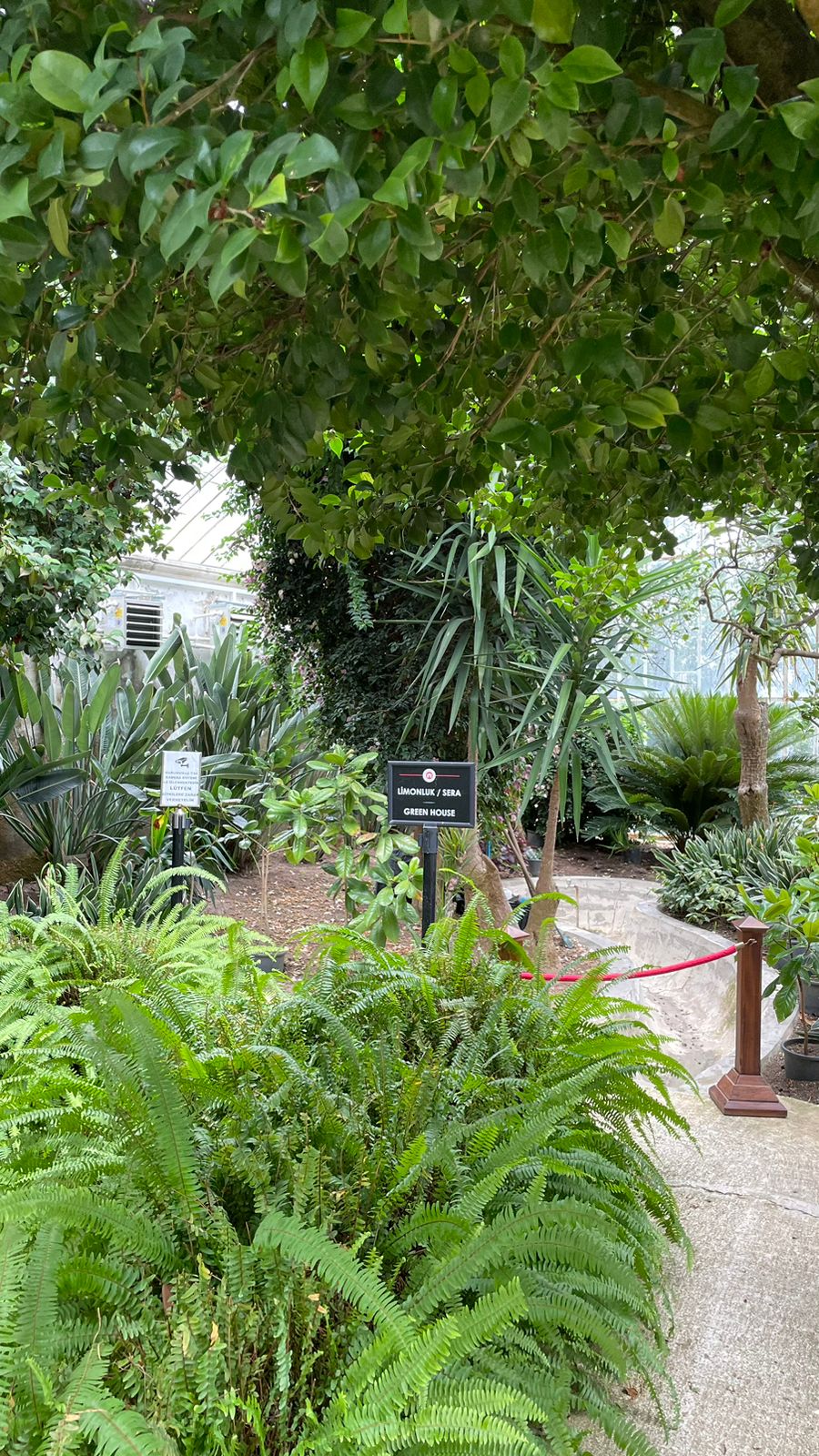
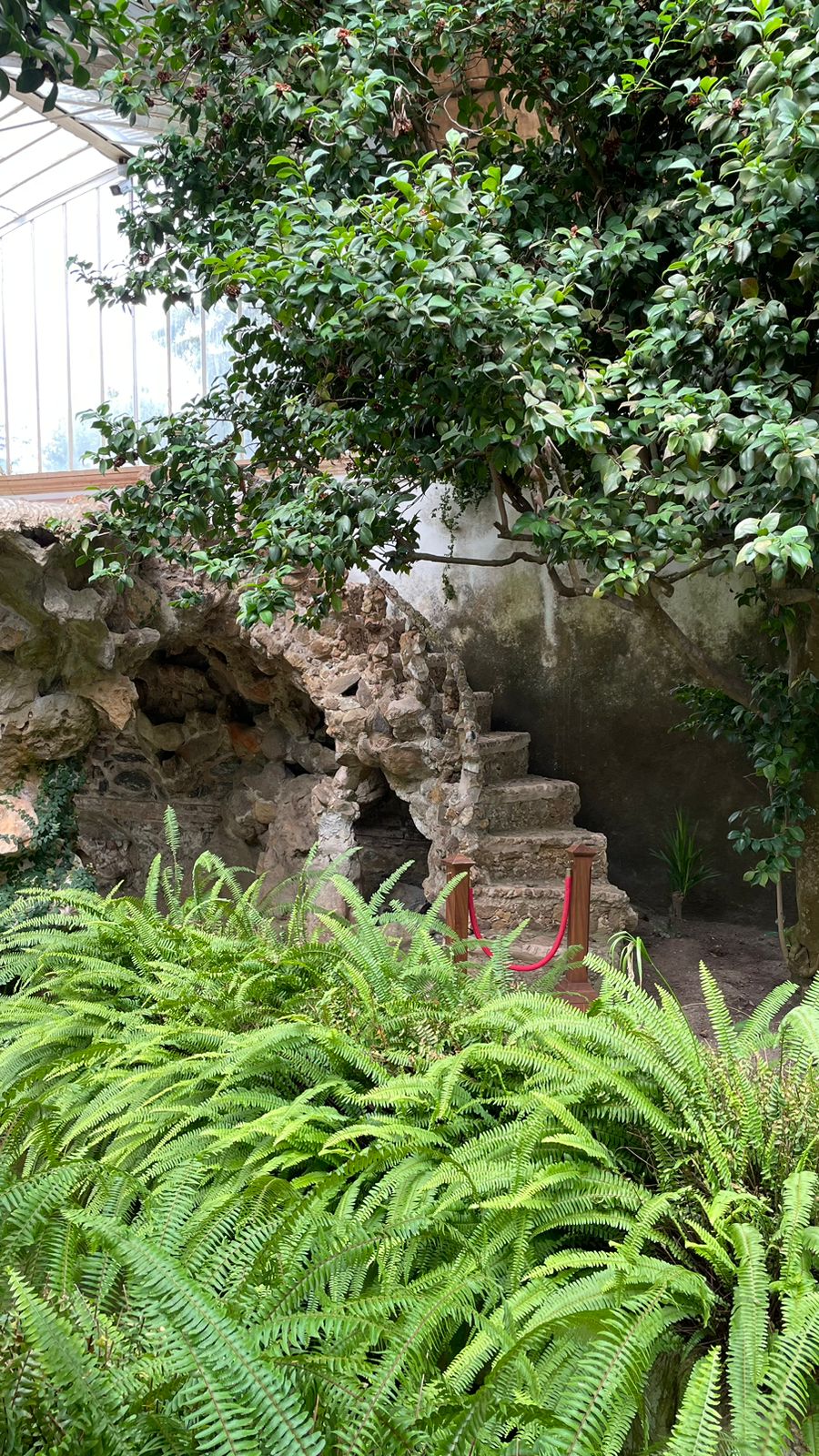
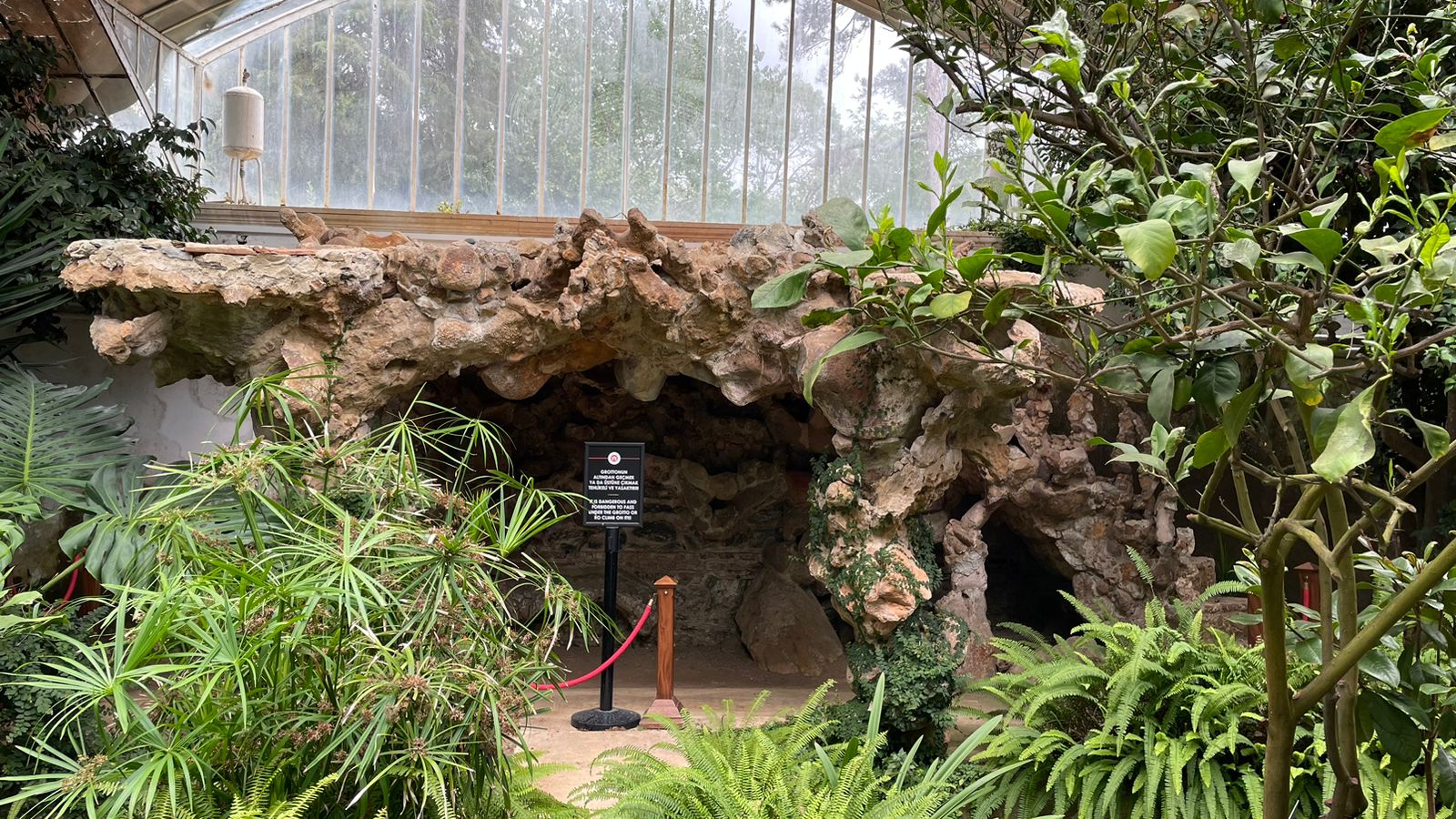
I was just admiring the gardens here and they truly are stunning. It's impressive how they're divided into three distinct areas: the garden in front of the pavilion, the garden behind it, and the garden opposite the Observation Pavilion. Every side of the gardens is green and lush, and the flowers have clearly been tended to with care. It's a beautiful sight to behold.
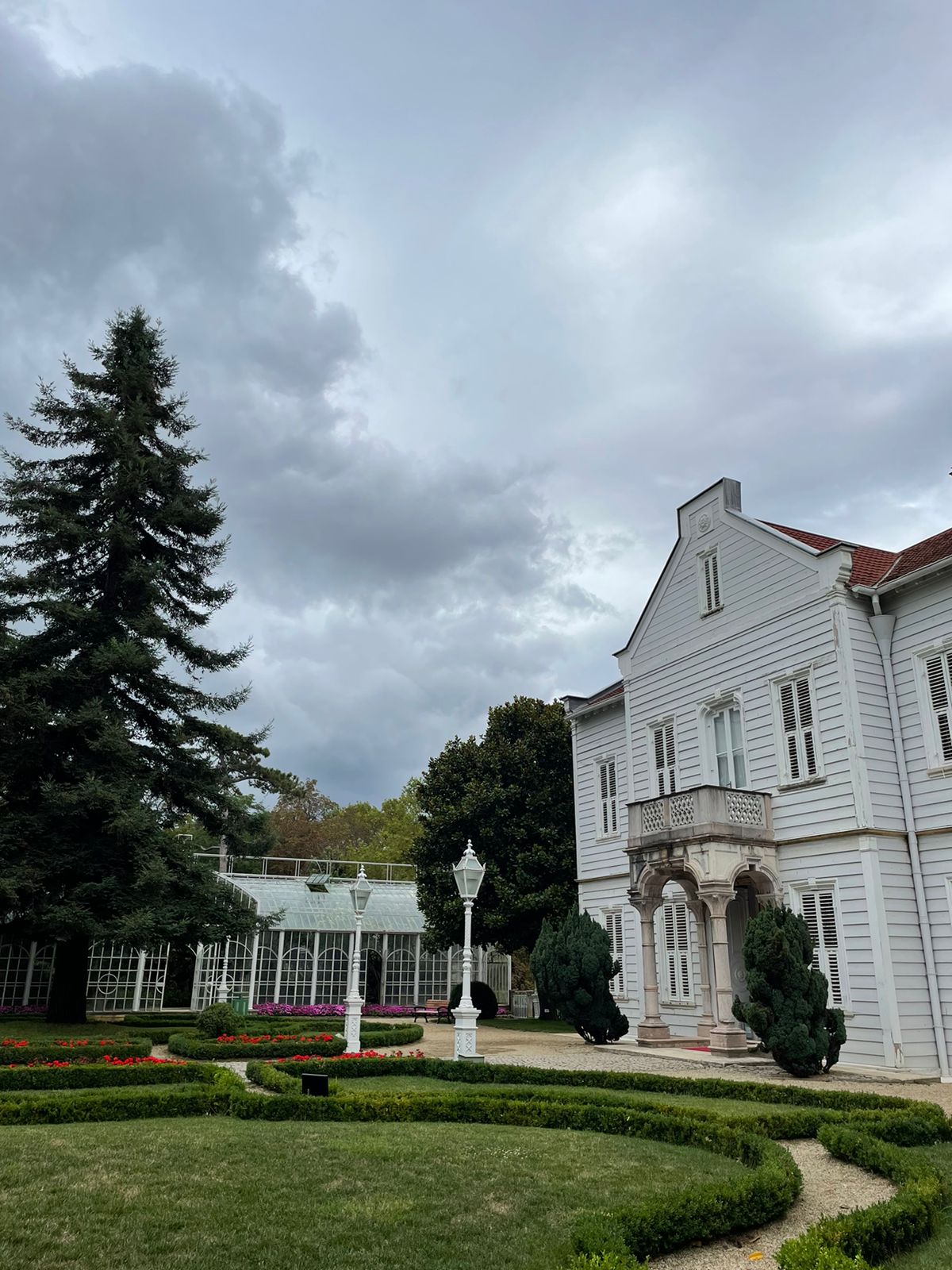
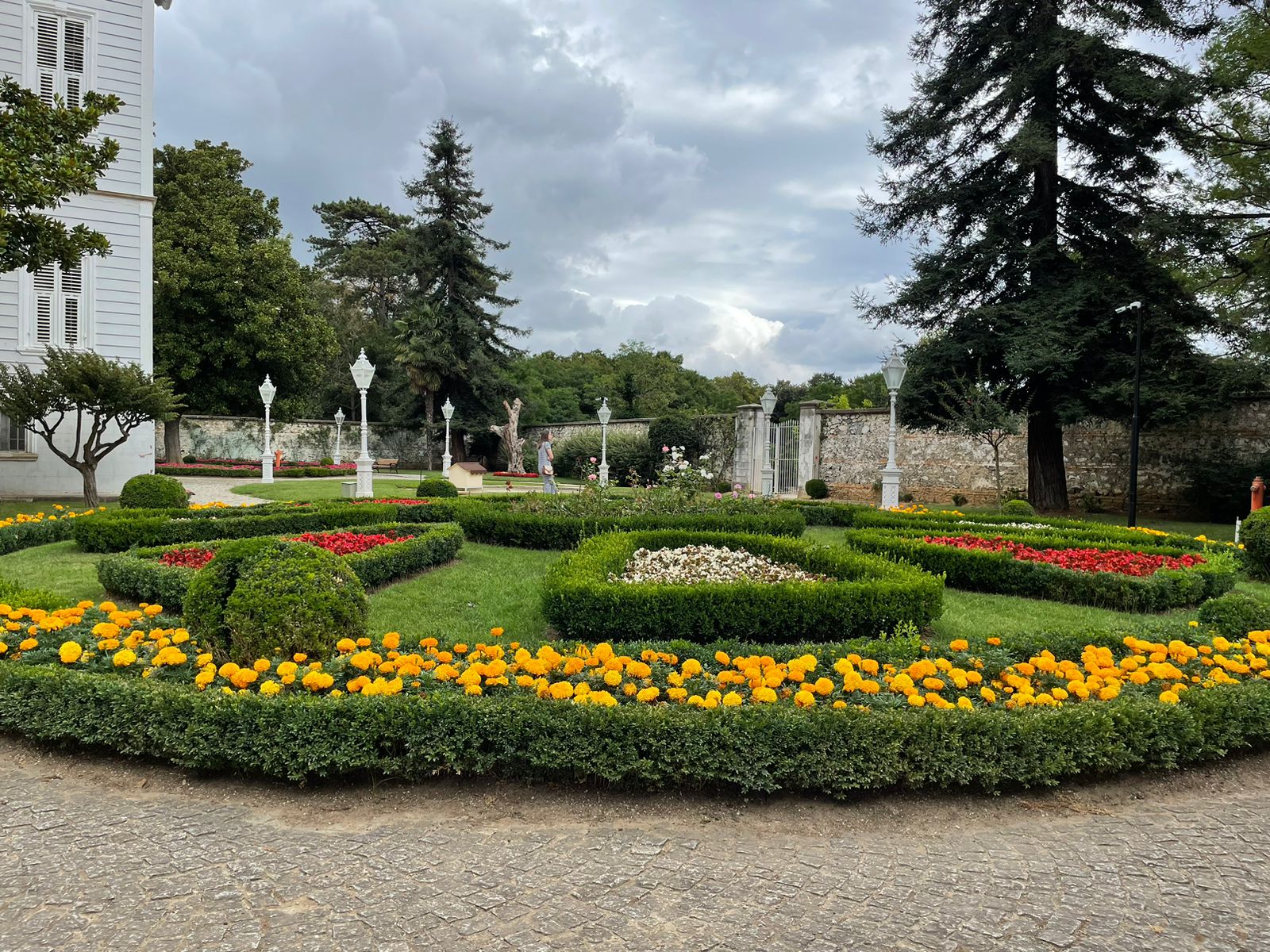


I recently visited a tent pavilion that I found to be quite interesting. The location of this pavilion makes it a great spot for observation, as it overlooks the surrounding forested area and offers a clear view of other buildings to the southwest and northwest. The pavilion itself is a beautiful two-story masonry building with an octagonal plan, which is a common feature in Ottoman Architecture. Despite its simple appearance, it exudes elegance and sophistication that is truly captivating.
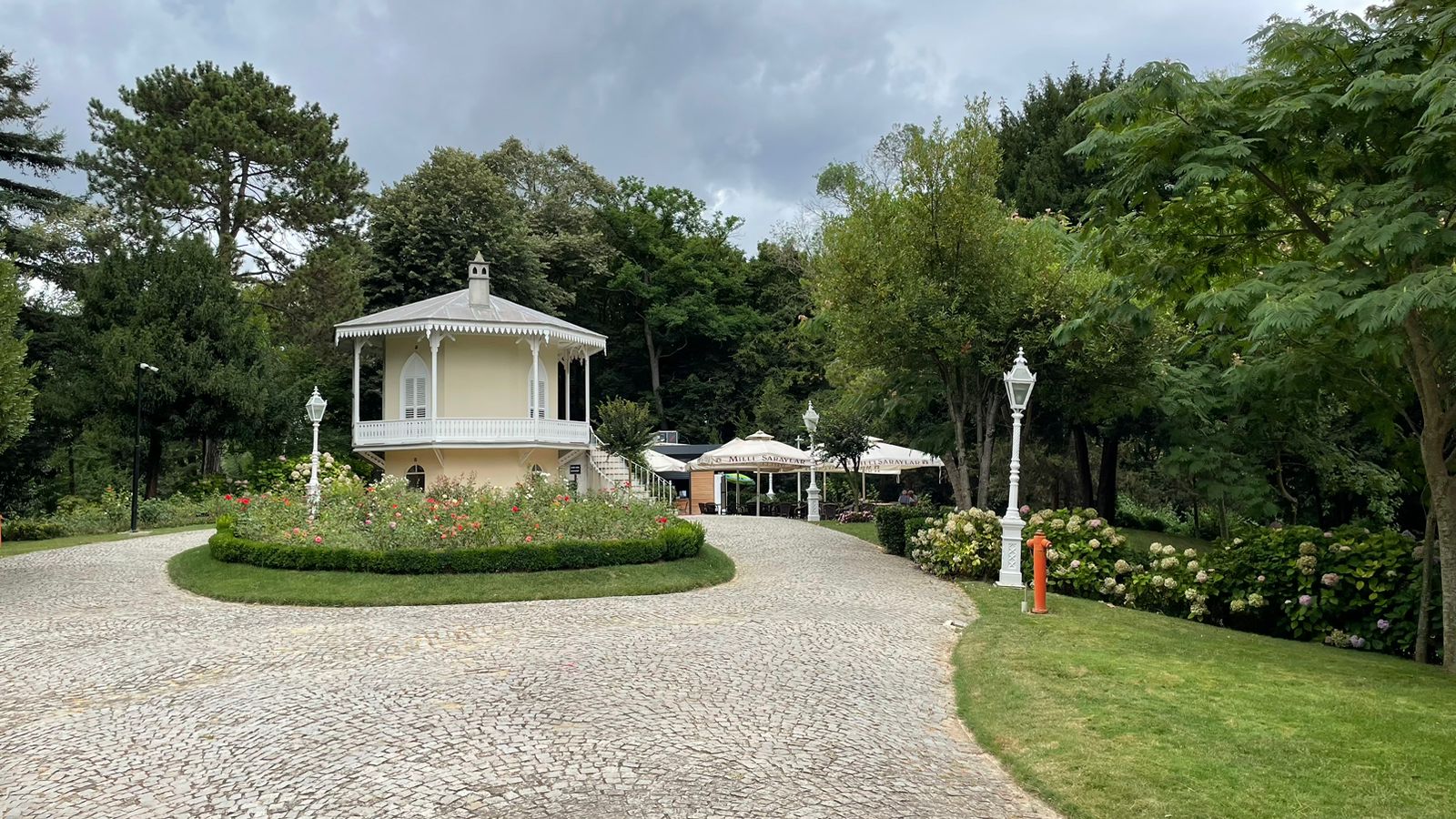
After exploring the beautiful garden, we made our way to the entrance of the house. I was hoping to capture some photos of the interior, but unfortunately, photography was not allowed. I was a bit disappointed, but I found some amazing pictures online that I can share with you. If you're interested, I can show you the link so you can take a closer look.
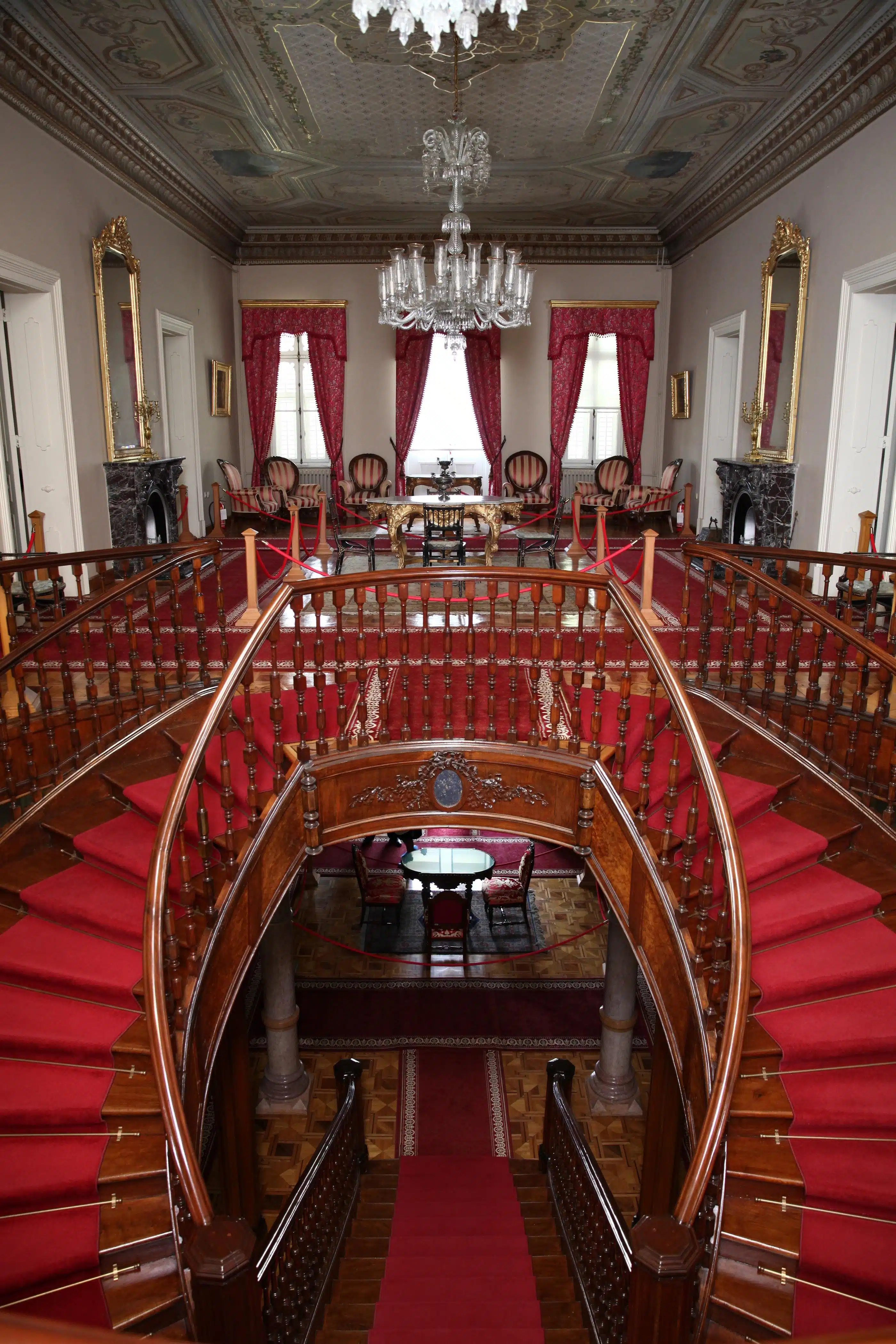
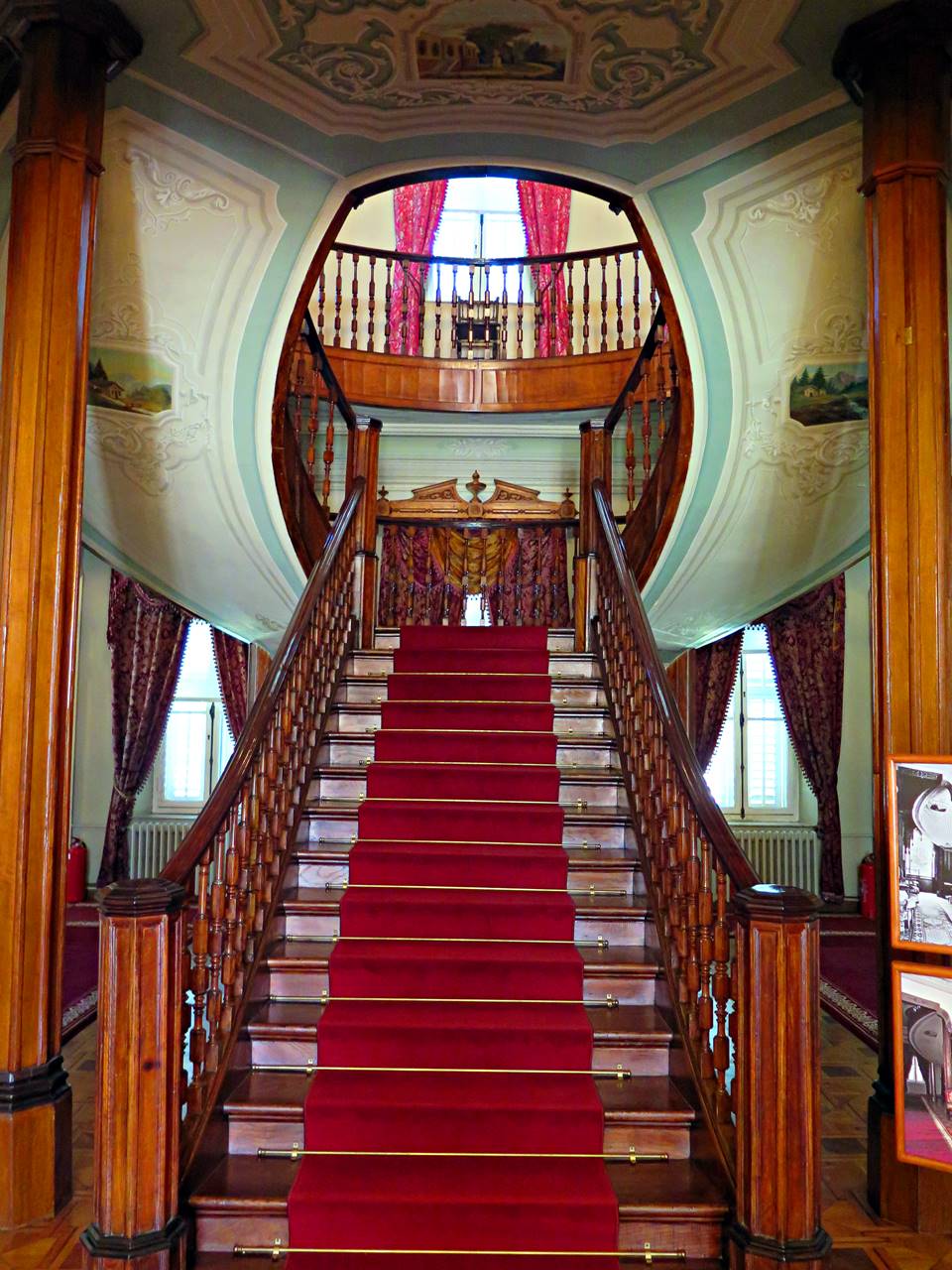
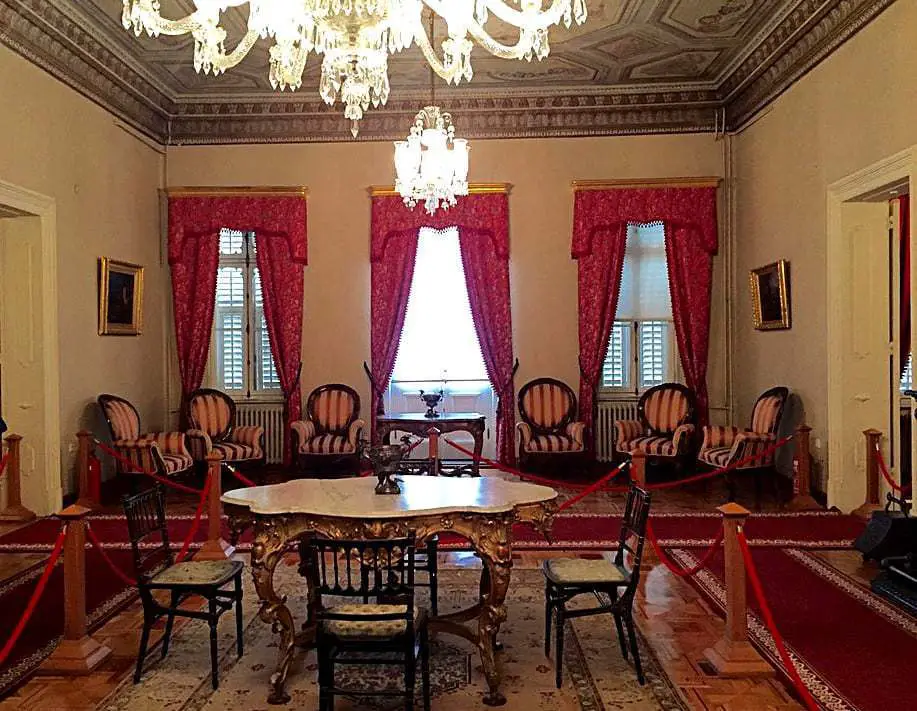
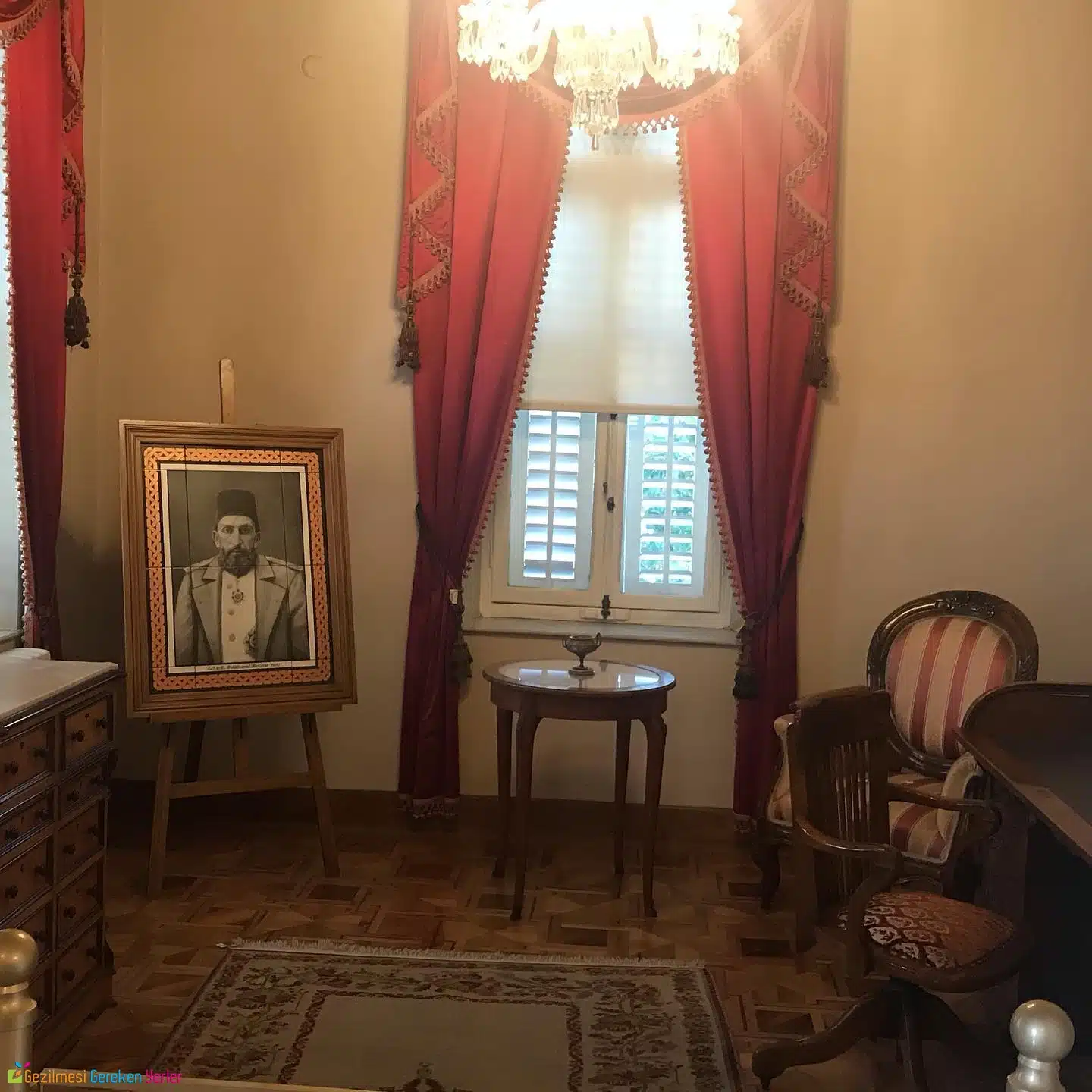
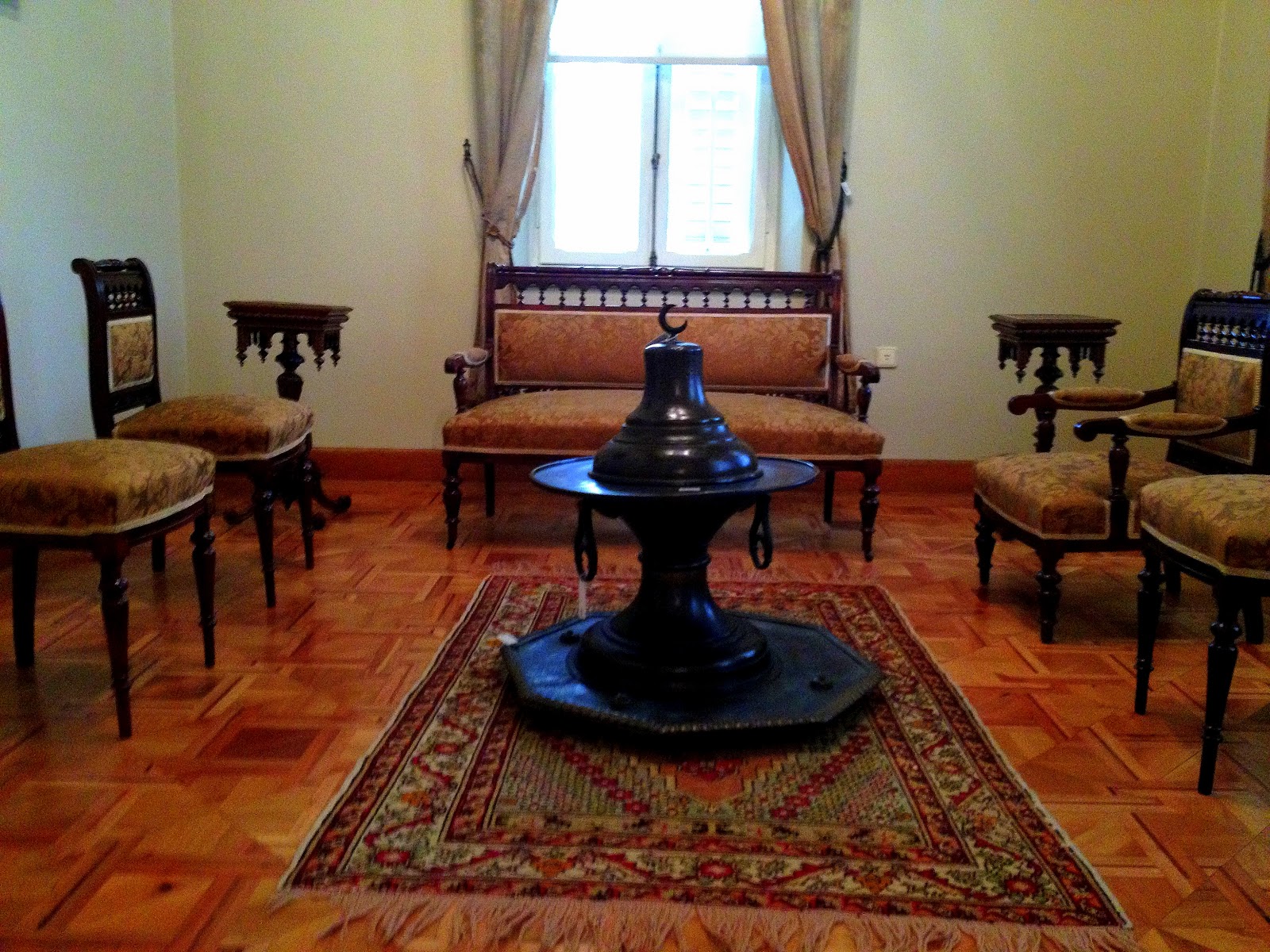

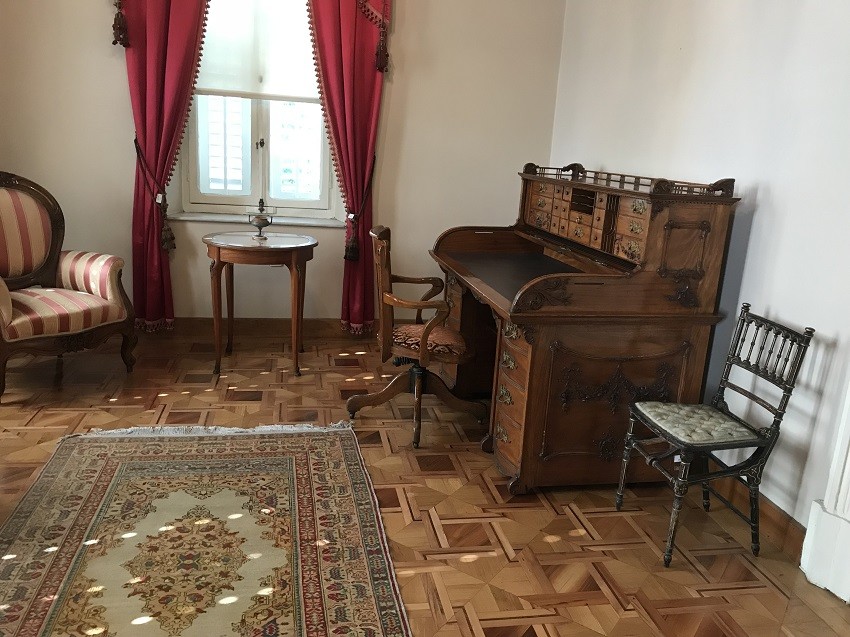
Inside photo's from here
MORE GOOD INFO AND PHOTOS HERE
I was able to find these because photography is prohibited, it's really more beautiful than it looks, click on the link above to see in more detail.
I hope you enjoyed reading about our museum tour. If you're interested in learning more, check out the links I shared and take a look at some of the stunning photos. We capped off the day with coffee and dessert at Espresso Lab, located nearby. Our next trip will be to the Aya Kiryaki church, when we went about 2 weeks ago, it was closed for restoration and even the roads leading there were being rebuilt.
STAY TUNED! :)
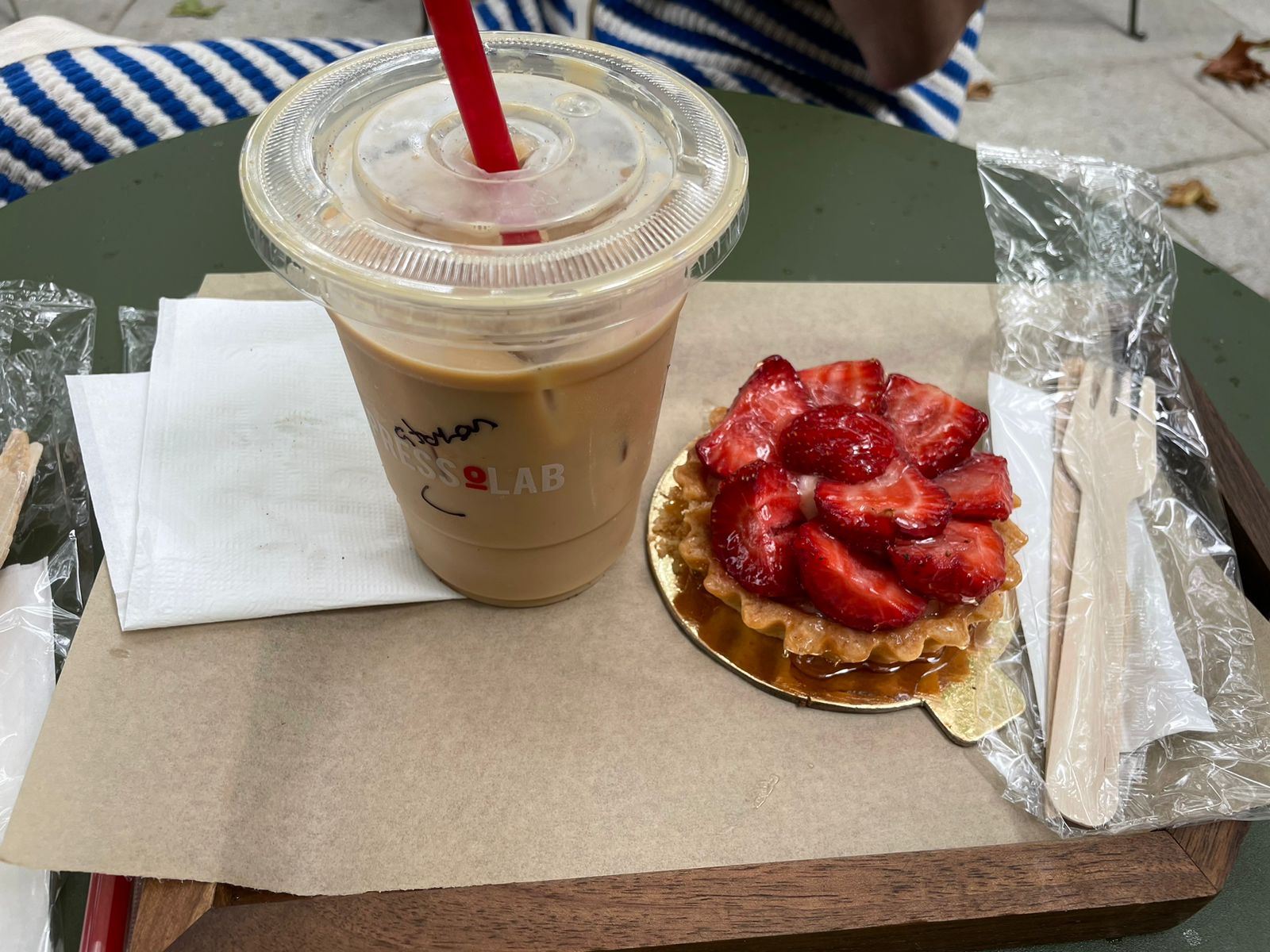
For the post, I wrote about Espresso Lab.
Congratulations @atobaba! You have completed the following achievement on the Hive blockchain And have been rewarded with New badge(s)
Your next target is to reach 500 upvotes.
You can view your badges on your board and compare yourself to others in the Ranking
If you no longer want to receive notifications, reply to this comment with the word
STOPTo support your work, I also upvoted your post!
Check out our last posts:
Nice pavilion including its surroundings. I love it. 🥰
Congratulations, your post has been added to Pinmapple! 🎉🥳🍍
Did you know you have your own profile map?
And every post has their own map too!
Want to have your post on the map too?
Hiya, @LivingUKTaiwan here, just swinging by to let you know that this post made it into our Honorable Mentions in Daily Travel Digest #1966.
Your post has been manually curated by the @pinmapple team. If you like what we're doing, please drop by to check out all the rest of today's great posts and consider supporting other authors like yourself and us so we can keep the project going!
Become part of our travel community: